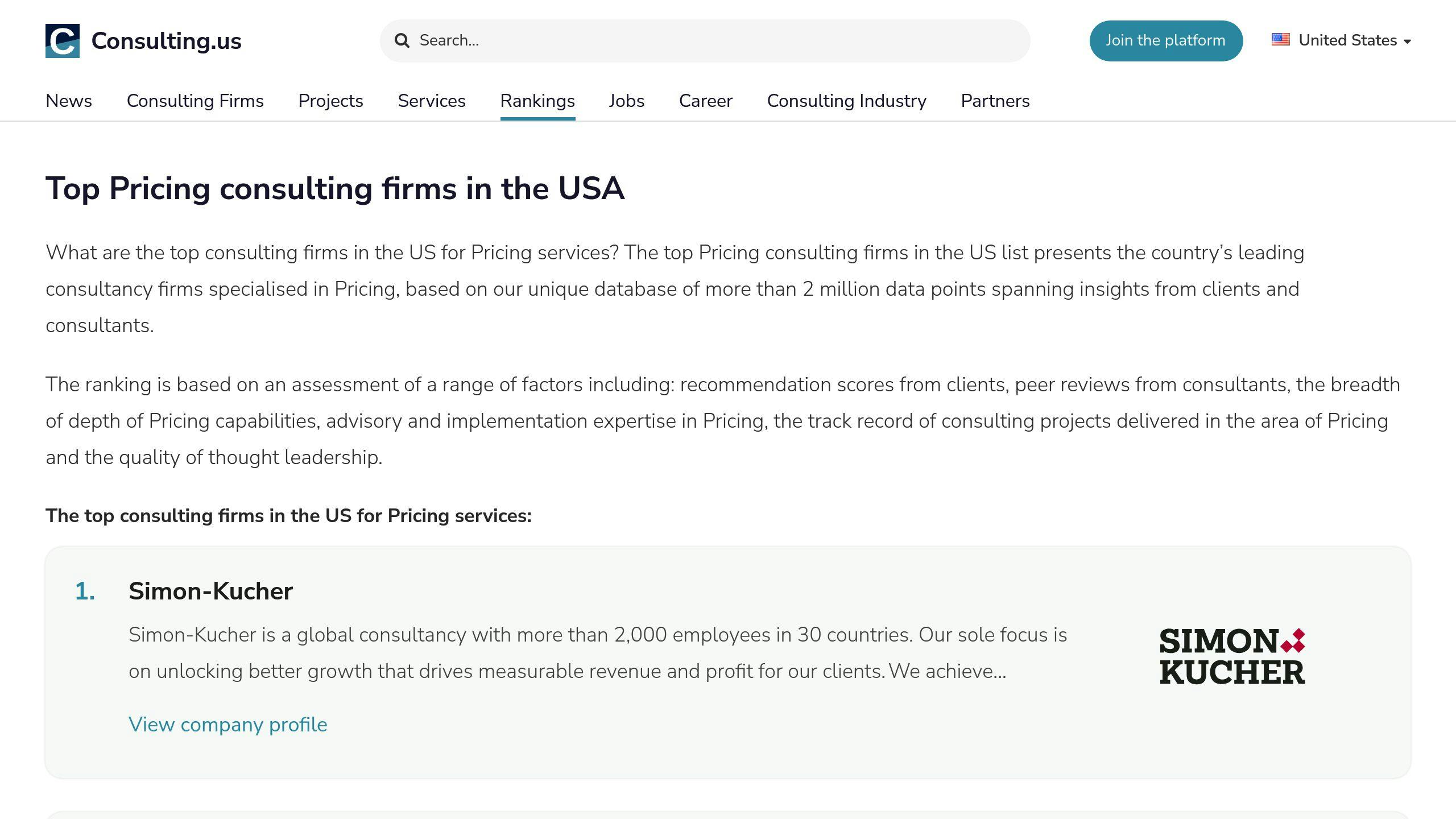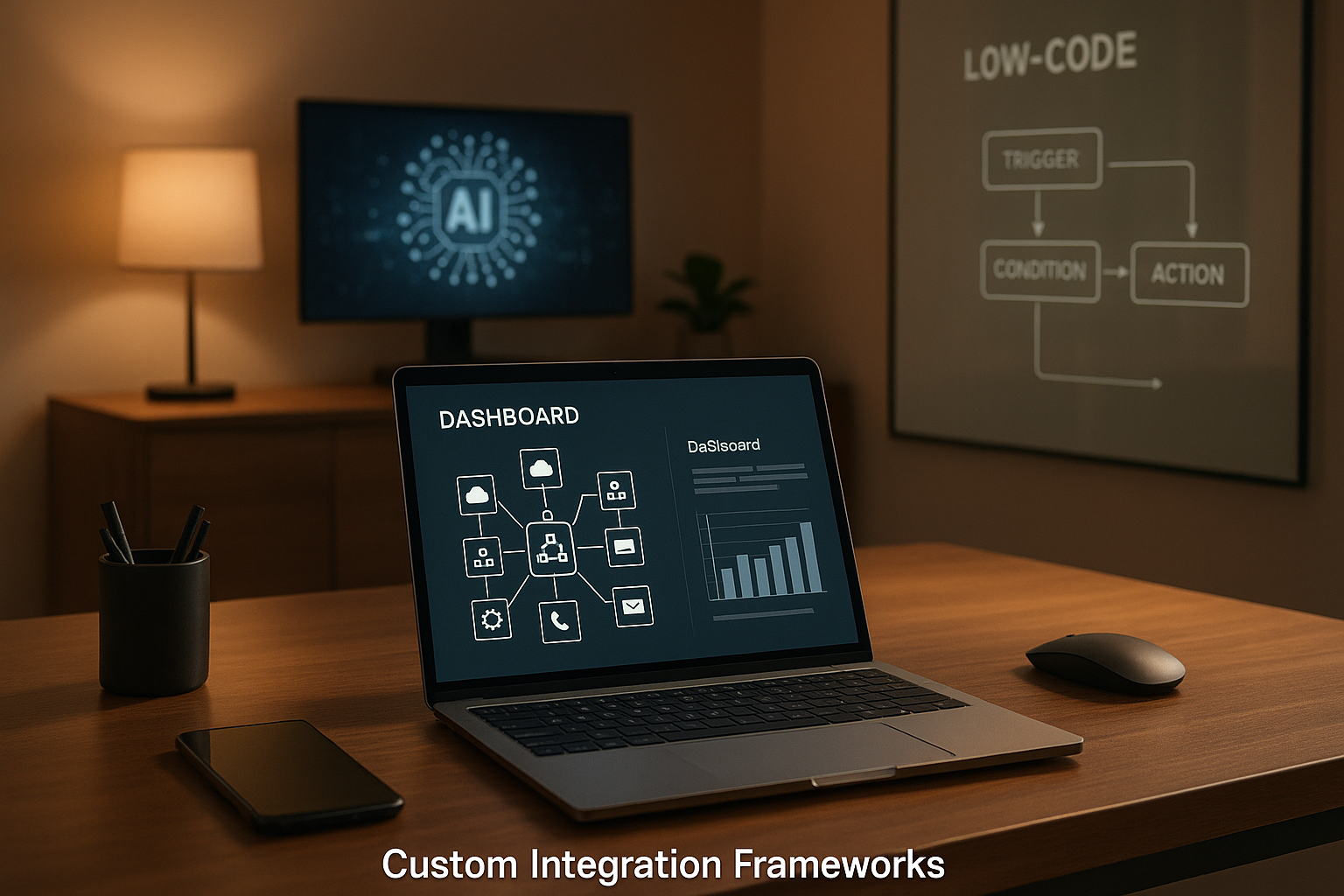AI is changing how businesses set prices by making them more flexible and responsive to market demands. Here's how it works:
- Real-Time Adjustments: AI analyzes data like demand, competitor prices, and inventory to tweak prices instantly.
- Personalized Pricing: AI tailors prices to individual customers based on their behavior and purchase history.
- Hybrid Models: Businesses are combining usage-based and value-based pricing for better alignment with customer needs.
- Outcome-Based Pricing: Costs are tied to measurable results, ensuring customers see clear value.
These AI-driven strategies help businesses stay competitive, boost revenue, and improve customer satisfaction by aligning prices with market trends and customer expectations.
Key Insights: AI's Impact on Pricing Flexibility
Using Real-Time Data for Pricing
AI tools process massive datasets instantly, allowing businesses to adjust prices on the fly to seize revenue opportunities. Studies show that small, timely pricing tweaks account for over two-thirds of revenue-boosting opportunities [1].
This capability is especially impactful in retail, where AI systems monitor key factors like:
- Inventory levels
- Demand trends
- Competitor pricing
- Seasonal patterns
By reacting quickly to these metrics, AI helps businesses stay competitive and maintain profitability in dynamic markets.
Adjusting to Market Changes
AI-powered pricing tools are built to handle shifting market conditions. These systems interpret complex signals and adapt pricing strategies to balance competitiveness with profitability.
| Market Factor | AI-Driven Response |
|---|---|
| Competitor price changes | Adjust prices in real time |
| Demand fluctuations | Optimize pricing dynamically |
| Inventory levels | Implement stock-based pricing |
This adaptability goes beyond broad market trends - AI also enables hyper-focused pricing adjustments tailored to individual customers.
Creating Personalized Pricing
AI takes pricing flexibility to the next level by personalizing strategies for specific customer needs. By studying customer behavior and purchase history, AI identifies ideal price points for various customer groups [3].
This personalized approach not only boosts customer satisfaction but also aligns pricing with perceived value, improving loyalty and driving revenue growth. By leveraging customer data effectively, businesses can deliver pricing strategies that maximize both retention and profits [1][3].
What AI-Driven Pricing Means for Businesses
Managing Pricing Across Products and Regions
AI is changing how businesses handle pricing across different products and regions. With AI, companies can adjust prices for various regions, product lines, and customer groups all at once. This helps them stay competitive and respond to market changes instantly. For example, Zendesk's AI Dynamic Pricing Plan shows how businesses can combine human expertise with AI to make real-time pricing decisions effectively.
This approach helps businesses stay flexible in multiple markets while keeping profitability in check.
Cutting Costs and Boosting Efficiency
AI lowers the costs tied to managing pricing while making the process more accurate. Research from Simon-Kucher highlights that AI-powered pricing models can assess price elasticity across different customer segments. This eliminates the need for manual calculations and reduces pricing mistakes [3].
By automating pricing tasks, AI minimizes errors and lets teams concentrate on strategic decisions rather than repetitive calculations. These improvements free up resources, enabling businesses to adopt more flexible and data-driven pricing strategies.
Strengthening Customer Relationships
AI doesn’t just make pricing smarter - it also opens the door for more customer-focused strategies. By analyzing customer behavior, AI helps businesses create pricing models based on customer value rather than just usage metrics. This shift results in pricing that aligns with measurable outcomes [2].
AI’s ability to tailor pricing to customer needs leads to higher retention rates and stronger customer loyalty.
"AI ensures that prices are set optimally, enhancing profitability while meeting customer needs more effectively" [3].
This shift from older pricing models allows businesses to create fairer pricing structures. The result? Healthy profit margins and deeper, long-lasting customer relationships.
sbb-itb-97f6a47
New Trends in AI-Powered Pricing
Combining Pricing Models
Businesses are moving past traditional pricing methods by blending various models to create more flexible strategies. One effective combination is mixing consumption-based pricing with value-based pricing. This approach helps businesses align usage with the value they deliver to customers.
Take OpenAI, for example. They use a hybrid pricing model that considers both how much a customer uses their services and measurable benefits like time saved or better decision-making. By integrating different models, companies can use AI to craft pricing strategies that adjust to usage trends and what customers perceive as valuable.
Outcome-Based Pricing Strategies
Outcome-based pricing is changing the way businesses monetize AI solutions. This model ties costs directly to measurable results, making it easier for customers to see the value of their investment. AI helps by identifying and applying price adjustments that align with these outcomes, making this approach both practical and profitable.
"The advent of AI and automation has transformed the traditional pricing model, as companies embrace outcome-based pricing that shows a direct link between AI and ROI." - Keith Dawson, Director of Research, Customer Experience, ISG Software Research [4][5]
Finding Experts Through the Top Consulting Firms Directory

Implementing advanced pricing strategies often requires expert knowledge. The Top Consulting Firms Directory is a resource for businesses to connect with specialists in AI-driven pricing and digital transformation. These consultants provide support in areas like hybrid pricing models, market analysis, and improving performance. Their expertise helps companies design and execute effective AI pricing strategies while staying competitive in their industries.
AI Powered Dynamic Pricing Strategy in Retail
Conclusion: Using AI to Improve Pricing
AI is transforming pricing strategies, making them more adaptable to customer needs. Over two-thirds of B2B buyers now favor algorithm-based pricing over traditional negotiations [1], reflecting growing trust in AI-powered approaches.
With AI-driven hybrid and outcome-based models, businesses can tailor pricing to match customer value. These models are particularly effective in strengthening customer trust and loyalty, as shown by their increasing use in B2B transactions [1].
The shift toward these advanced pricing methods underscores the importance of staying aligned with customer expectations and market trends. By incorporating factors like usage patterns and delivered value, businesses can develop pricing structures that foster stronger customer relationships while boosting profitability [3].
Companies leveraging AI for pricing gain a competitive advantage by uncovering new revenue opportunities and responding to market changes with precision [1][3]. This approach not only improves profitability but also helps build lasting customer connections in today’s fast-changing marketplace.


